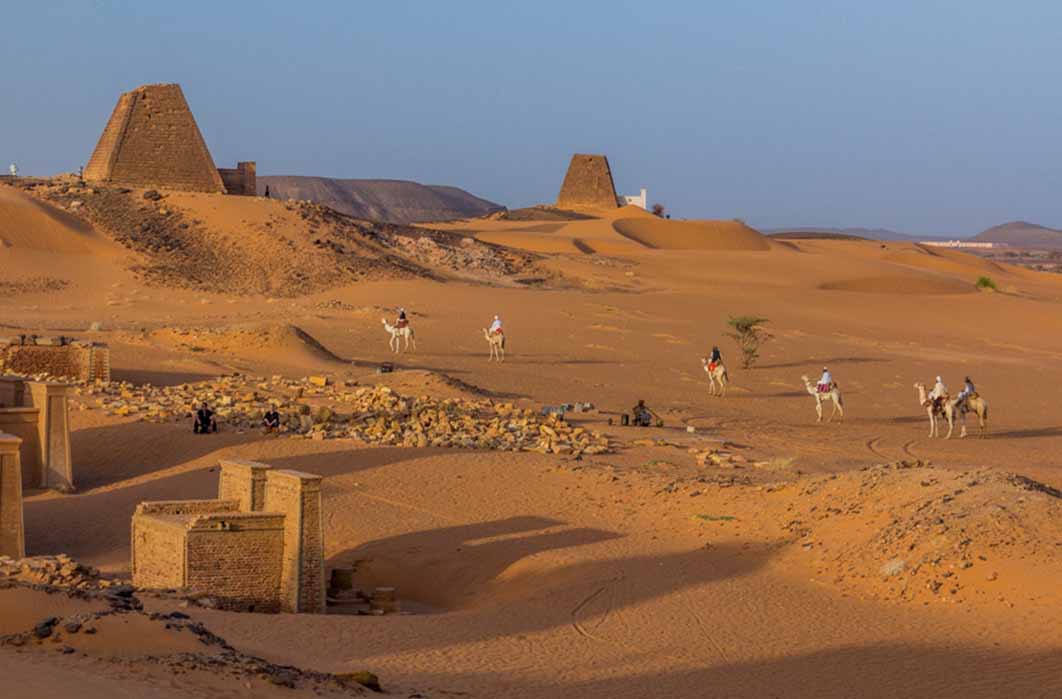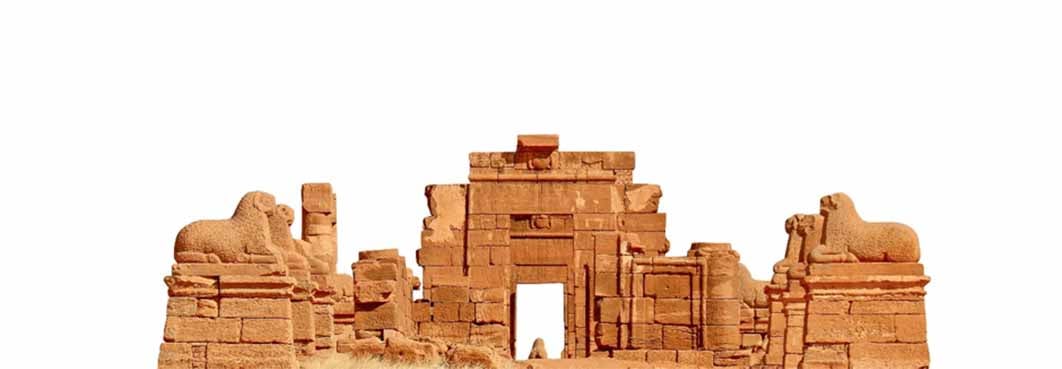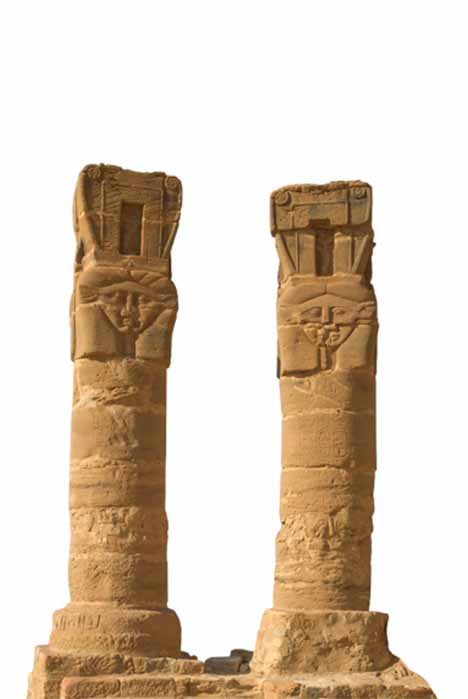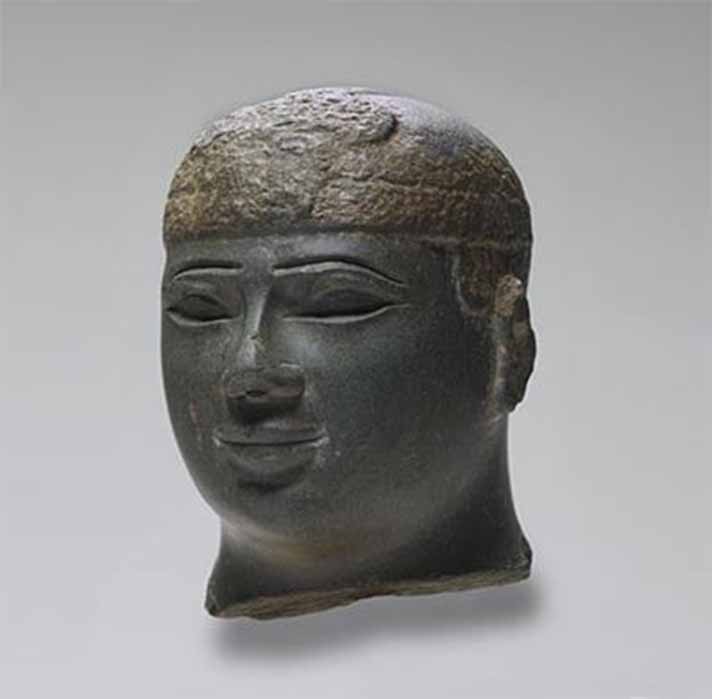
Secrets in The Sands Of Sudan: The Kushite Kings’ Pyramids
After the decline of Egypt’s New Kingdom, the Kings of Kush established the 25th Dynasty by expanding their territory to include Egypt, and ruled as the Black Pharaohs for at least a hundred years. Although the term ‘pyramid’ is usually associated with Egypt, Sudan (ancient Kush) prizes five archaeological sites on both sides of the Nile, now mostly covered in sand, that have more pyramids than Egypt. The sites: Jebel Barkal, El-Kurru, Nuri, Sanam and Zuma represent the Napatan (900 - 270 BC) and Meroitic (270 BC - 350 AD) cultures of the Kingdom of Kush. The ruins of 20 pyramids have been found at Nuri, which served as a royal necropolis for the ancient city of Napata, the first capital of the Nubian Kingdom of Kush. Not far from there, at El-Kurru a collection of pyramids contains the pyramids and tombs of the first and last Pharaohs of the 25th Dynasty. After the fall of Napata, the royal seat was moved to Meroë, where there are more than 200 pyramids. At ancient Gematon (modern Kawa) 16 pyramids were found, along with tumuli and mastabas. The Nubians followed the Egyptian pyramid shape, though smaller in size, with a capstone on the top and used pyramids exclusively for royals and not for ordinary people. The capstones would be symbols of the sun such as solar discs with figures emerging from them.

The Temple of Amun, isolated on white background. Archaeological site at Jebel Barkal, Napata(Martina/ Adobe Stock)
Jebel Barkal Seat Of Amun
The massive rock outcrop of Jebel Barkal, located about 400 kilometers (248 miles) from modern Khartoum, can be seen from miles away. This mesa - an isolated, flat-topped hill – overshadows the ancient city of Napata – the first religious and political centre of the Kings of Kush. Already in the 15th century BC Pharaoh Thutmose III had established a temple complex at Napata, at the Fourth Cataract of the Nile, after his conquest of Kush. The Temple of Amun stands at a bend of the Nile, framed by the massive Jebel Barkal as a backdrop. The Nubians believed Jebel Barkal Mountain to be the home of the god Amun. The temple was the Holy of Hollies were the Kings of Kush – and as Pharaohs – were crowned and their divinity was acknowledged by an oracle. King Piankhi and his successors expanded the original temple into a massive religious centre, even adding an avenue down to the royal pier on the Nile, flanked by granite rams.
- Pyramids of Meroë stand as Last Remnants of a Powerful Civilization
- Worst River Nile Flooding in Over a Century Threatens Sudanese Pyramids
- Burial Sites Show How Nubians, Egyptians Integrated Communities Thousands of Years Ago
In the 680’s BC Pharoah Taharqa built the Temple of Mut, dedicated to the wife of Amun. The partially rock-cut temple was built on the west side base of the Jebel Barkal pinnacle, from which angle it assumed the shape of an Uraeus wearing the White Crown of Upper Egypt. Bes pillars, columns topped with sistrum-headed Hathor capitals and five chambers carved into the rock walls honor the goddess Mut, who was believed to have dwelled together with the state-god Amun inside Jebel Barkal.

Hathor columns of the Temple of Mut (Jebel Barkal, Sudan) isolated on white background (Martina/ Adobe Stock)
Inside the rock chambers figures of Amun, King Taharqa and lion-headed or human-headed forms of the double crown-wearing Mut, are painted in ochre and white kaolin, on a background painted in Egyptian blue. Referring to the myth of the Eye of Ra, the goddess represented in the Temple of Mut played important roles both in the myth of the divine origins of the king and in the coronation ceremonies, celebrated in the Temple of Amun.
The Pyramids At El-Kurru
In 730 BC during the reign of King Piankhi (also called Pyie), Napata was revived and Piankhi took advantage of the squabbling of Egypt’s rulers by expanding Nubia’s power beyond Thebes into Lower Egypt. He then marched north and conquered the cities of Hermapolis and Memphis, among others, and received the submission of the kings of the Nile Delta. As such he became the founder of the 25th Dynasty known as the Black Pharaohs. Satisfied with his victory, Piankhi returned to his homeland in Nubia never to return to Egypt.





